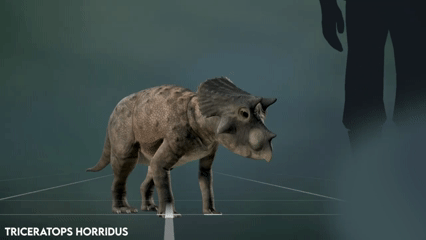Triceratops
Tri-Sarah-TopsName meaning: Three-horned face
Time Period: Late Maastrichtian (Late Cretaceous) 66-68 Mya
Locations: Colorado/Montana/South Dakota/Wyoming/Alberta/Saskatchewan
Taxonomy: Ornithischia-Ceratopsia-Ceratopsidae-Chasmosaurinae-Triceratopsini
Subspecies: T. horridus T. prorsus
Characteristics ~ ~ ~ ~
Triceratops Horridus was 10 feet tall and between 26 to 30 feet long its head would have been 1.6 meters tall and weighed a ton alone. It’s brow horns grew to over a meter long with an upwards curve to them and kept growing as they aged. Triceratops had the largest scales of any known dinosaur with poligonal scales around the hide and larger circular ones around the flanks with some “nipple like” bumps on some. Some believed that these may have supported quill-like structures like Psitacosaurus tail although it did also have those kinds of scales across the body without quills. There isn’t any known sexual dimorphism in Triceratops numerous attempts have been made to identify common sexually dimorphic traits such as larger horns or frills in males but have been inconclusive. Both males and Females had their large frills and horns for defense against predators and social confrontations. Males likely competed for mates with other males but females could have likely needed these large structures to compete with other Triceratops for food or leadership or to protect their offspring. Triceratops mouth formed a beak from the premaxilla and maxilla formed a special bone called the rostral bone. In its mouth there were around 72-80 teeth in its mouth made for slicing up vegetation like palms, cycads and other low growing vegetation. It’s unknown where jaw muscles attachment points are but certain attachment configurations could have made it the strongest terrestrial bite force of any animal. Also other ceratopsians have been known to use their bites as weapons like Protoceratops in the fighting dinosaurs fossil. Triceratops is the most common dinosaur found throughout all areas of the Hell Creek formation at around 40% of all fossils being atributed to Triceratops. The Hell Creek formation which was mostly riverbanks with floodplains and inland forests it shared some of its environments with other popular and iconic dinosaurs like dinosaurs Tyrannosaurus, Ankylosaurus, Pachycephalosaurus, Edmontosaurus, and Struthiomimus.



History & Fossils ~ ~ ~ ~
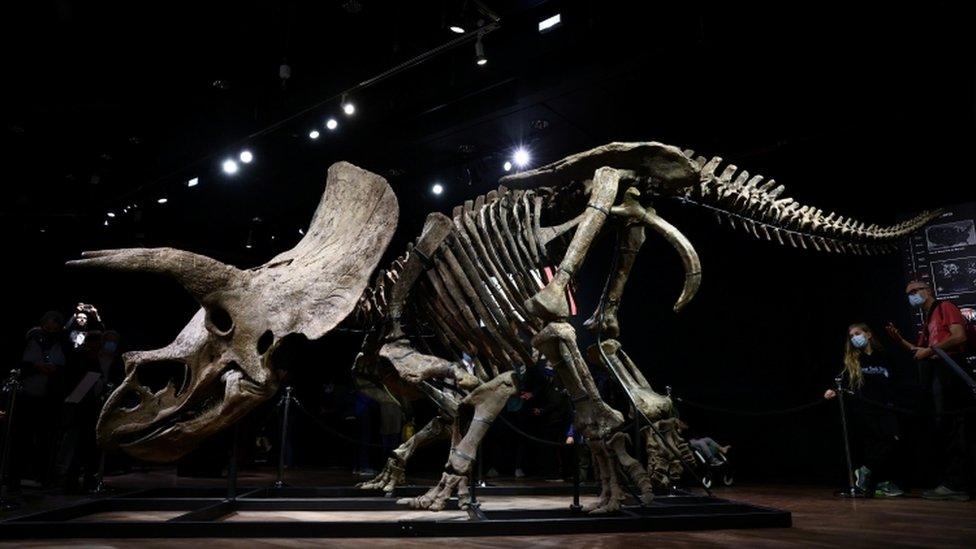
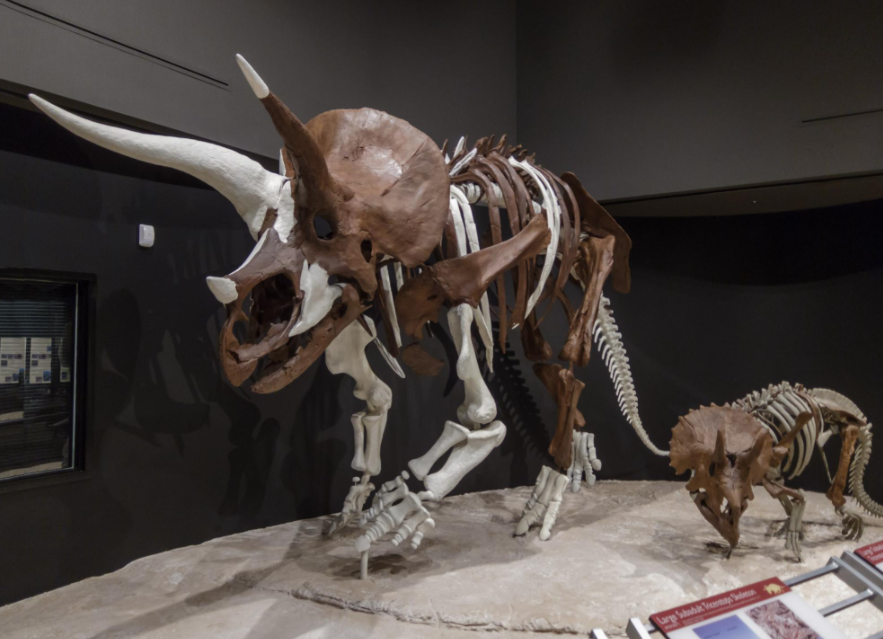
The First Triceratops fossils were described in 1872 by Edward drinker cope named Agathaumas Sylvestris along with two other dubious species Polyonax and Monoclonius and with help from his later rival Marsh would classify them as Hadrosaurs. Edmund Wilson found two horns of a Triceratops skull sticking out from the other side of a ravine and attempted to lasso out the skull breaking off a piece of horn and causing the skull to fall. Later the skull would be prepared and Othniel Charles Marsh would name it Ceratops horridus then Triceratops horridus after the third nasal horn was discovered. A pair of what he thought were bison horns he discovered and named Bison Alticornis were named Triceratops alticornis. Marsh would then create the Ceratopsia and Ceratopsidae suborder and family with Cope’s three species now added to it. After that many now dubious species of triceratops would be named those being: T. albertensis T. alticornis T. brevicornus T. calicornis T. elatus T. eurycephalus T. flabellatus T. galeus T. hatcheri T. ingens T. maximus T. mortuarius T. obtusus T. serratus T. sulcatus T. sylvestris

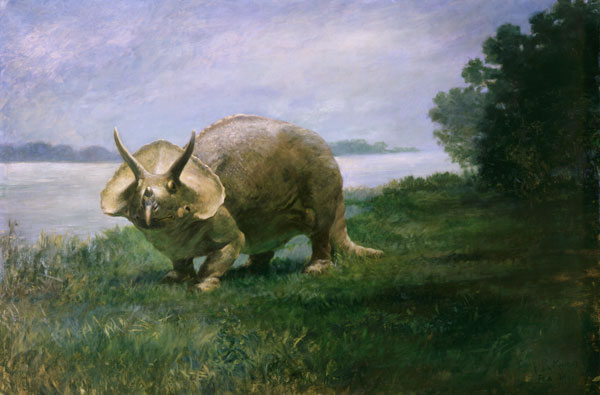
Media Deptictions ~ ~ ~ ~
Jurassic Park Triceratops has been in every single Juarassic Park/World movie only ever really getting any kind of spotlight in the first movie.
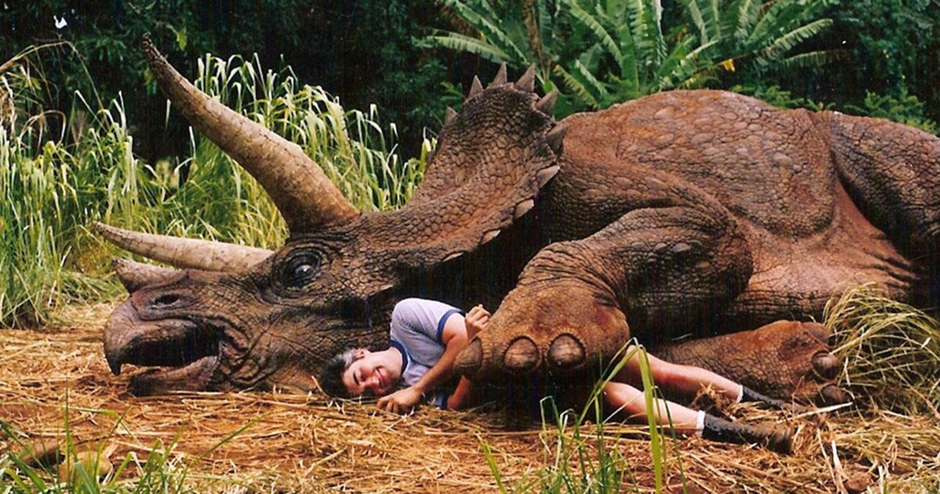

Prehistoric Kingdom
